Unpopular decisions needed to put economy on right path
Pakistan requires competitive export industry by diversifying beyond rice, leather and cotton products
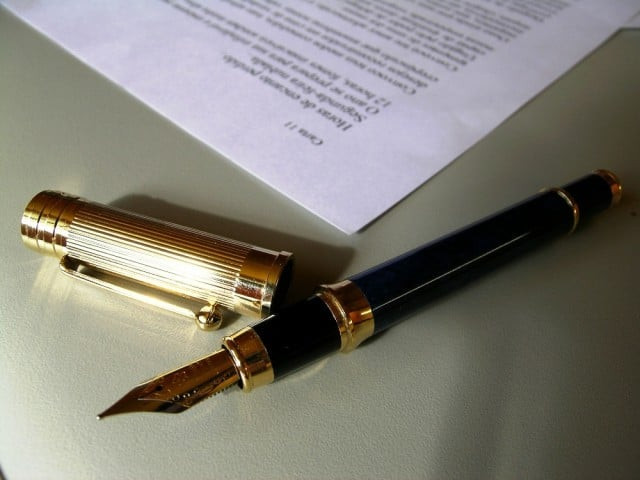
PHOTO: FILE
The finance ministry has unveiled a series of measures to deal with the widening budget deficit. These measures include more than $2 billion in planned development spending, doubling the tax rate on the highest-income group to 30% and hiking tariffs on 5,000 non-essential imports.
While reducing the budget deficit is an important step for Pakistan to take, the deeper causes of the foreign exchange crisis are linked to the country’s trade deficit.
As energy comprises Pakistan’s most expensive import, the combination of higher oil prices and the lack of an internationally competitive value-added export industry will continue to drive the trade imbalance. As a result, Pakistan will continue to rely on external funding to meet its foreign exchange requirements.
Thus, spending cuts mean the price for narrowing the budget deficit will be growth slowdown, suggesting unemployment will rise over the next year.
Pakistan’s over $300-billion economy expanded at its fastest pace in over a decade in the last fiscal year. However, the widening trade deficit is bringing the country back to the brink of a foreign exchange crisis unless it receives a bailout.
The last government raked up a $37-billion trade deficit in fiscal year 2017-18 – the highest in history. Energy, metal and machinery imports accounted for the lion’s share of the growing import bill. The rising price of crude oil inflated the cost of energy, already Pakistan’s largest import item in terms of value, by nearly 32% as compared with the previous year.
Making matters worse was the central bank-induced depreciation of the rupee – Pakistan’s currency has fallen by 27% against the dollar since December 2017 – which, in turn, made dollar-denominated imports like oil more expensive, even as it boosted exports.
Meanwhile, the growing expenditure on machinery imports is linked with the China-Pakistan Economic Corridor (CPEC) – the $60-billion network of roads, railways, pipelines and Special Economic Zones.
While CPEC is meant to be a panacea for Pakistan’s energy shortages and is expected to spark an economic boom in the long run (though this outcome is far from guaranteed), it requires absorption of steep short-term costs. Consequently, payments for iron and steel imports rose 51%.
Rectifying the imbalance
Pakistan’s growing hunger for imports is an outcome of its strong economic growth. Its economy expanded by 5.8% in fiscal year 2017-18 – the highest growth in 13 years driven by strong expansion across the country’s agriculture, industrial and services sectors as inflation stood low.
Yet the expansion has led to greater import demand and a ballooning trade deficit. While exports have grown too – thanks to surplus production of rice, cotton, sugar and wheat and facilitated by a weaker rupee, they have failed to keep up with import growth.
Unless Pakistan develops an internationally competitive export industry by diversifying beyond rice, leather and cotton manufactures – which comprise 70% of the country’s exports – it will struggle to bridge the gap.
Stagnant export growth also points to a deeper problem. The services sector dominates Pakistan’s economy, accounting for 60% of the output, while the manufacturing and agriculture sectors account for 19% and 21% respectively.
The need to advance industrialisation in support of a robust value-added, labour-intensive export industry has been a key priority of every government, but until we achieve the transition from farms to factories, agriculture will continue to absorb a high percentage of the labour force even as its share in gross domestic product declines.
CPEC is aimed at addressing two of the factors impeding Pakistan’s march towards industrialisation – addressing its chronic electricity shortages and building a quality road and railway system.
Thus, because export revenue is used to pay for imports, the widening trade deficit has, in turn, made it harder for Pakistan to finance its imports. This imbalance has compelled the government to borrow from the State Bank of Pakistan and tap into the country’s shrinking foreign exchange reserves.
The trade deficit – and the austerity measures tied to the International Monetary Fund (IMF) bailouts needed to ultimately address it – will dampen further growth. This will likely drive up joblessness since the economy needs to grow at a 7% pace to create enough employment to accommodate the 1.1 million Pakistanis who enter the job market each year.
Pakistan needs an estimated $27 billion in the current fiscal year, including forward Chinese swaps, hence it has started dialogue with the IMF. Pakistan has gone to the global monetary system for stability 21 times since 1958, completing its last loan programme of $6.6 billion in 2016.
As the government implements its various cost-cutting proposals including trimming development expenditures, reducing tax and tariff exemptions, restricting non-essential imports, privatising money-losing public-sector corporations, widening the tax base and raising tax collection, the GDP growth probably will fall by 2%, since curbs on development spending will hit the engine of economic expansion.
Ultimately, the road to resolving Pakistan’s fiscal and trade deficits will be a long one. It is time to take unpopular decisions to stabilise finances in the short term, so we can be in a better position to address the economy’s structural problems.
Pakistan will seek to advance the industrialisation process in support of a more competitive export base, without which growth of productivity, income, employment and the overall economy will lag behind.
The writer is DC Customs Lahore
Published in The Express Tribune, October 22nd, 2018.
Like Business on Facebook, follow @TribuneBiz on Twitter to stay informed and join in the conversation.

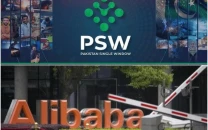


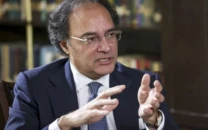
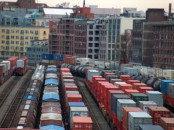
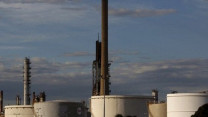












COMMENTS
Comments are moderated and generally will be posted if they are on-topic and not abusive.
For more information, please see our Comments FAQ